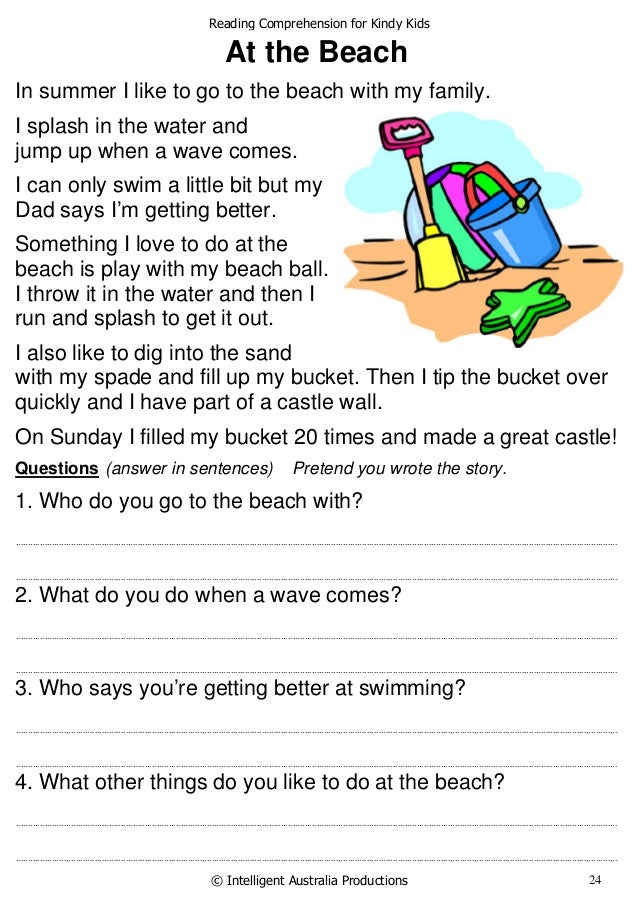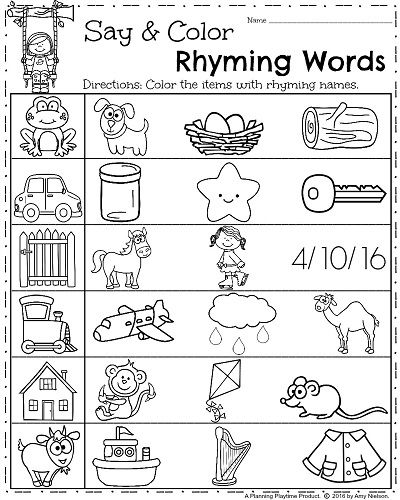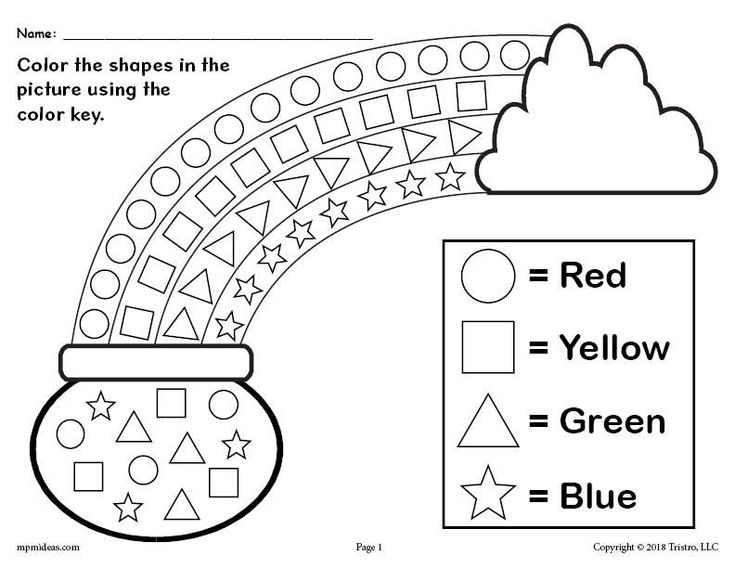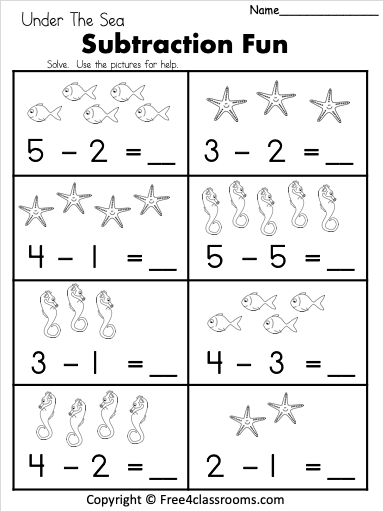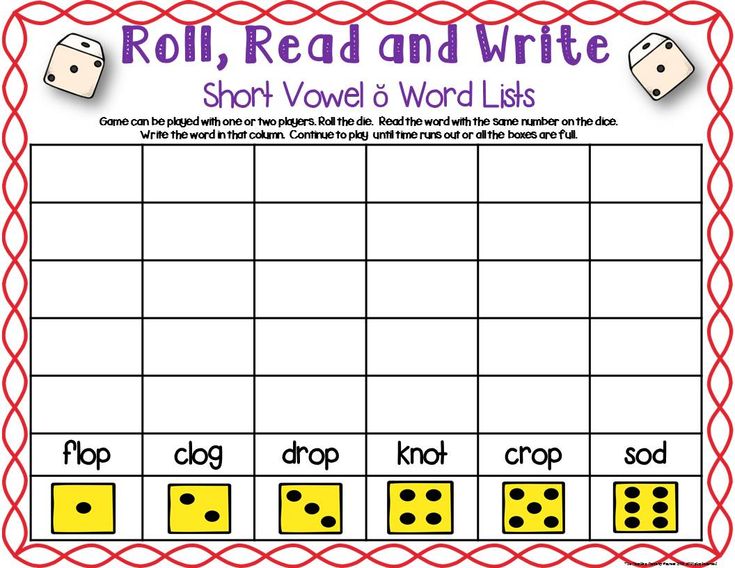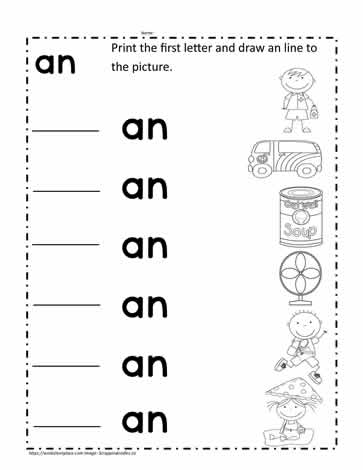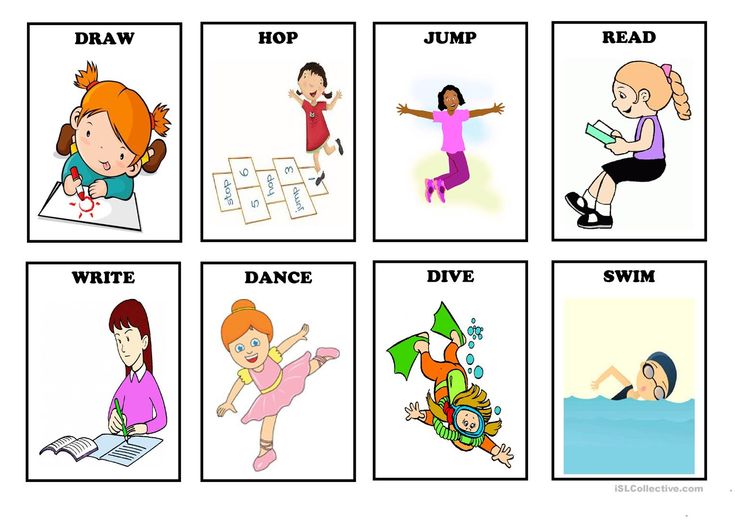Reading skills for children
10 Ways to Improve Your Child's Reading Skills
Nothing is more important to academic achievement than being a good reader. Parents know their children best and can provide the one-on-one time and attention that will lead them to success in reading. Here is a list of ways to help your children become more effective readers.
Set Aside a Designated "Reading Time" DailyStudies show that regularly reading out loud to children will produce significant gains in reading comprehension, vocabulary, and the decoding of words. Whether your children are preschoolers or preteens, it will increase their desire to read independently.
Surround Kids With Reading Material
Children with a large array of reading materials in their homes score higher on standardized tests. Tempt your kids to read by having a large supply of appealing books and magazines at their reading level. Put the reading materials in cars, bathrooms, bedrooms, family rooms, and even by the TV.
More: 8 Classic Dr. Seuss Books for Kids
Have Family Reading TimeEstablish a daily 15 to 30 minute time when everyone in the family reads together silently. Seeing you read will inspire your children to read. Just 15 minutes of daily practice is sufficient to increase their reading fluency.
Encourage Reading ActivitiesMake reading an integral part of your children's lives. Have them read menus, roadside signs, game directions, weather reports, movie time listings, and other practical everyday information. Also, make sure they always have something to read in their spare time when they could be waiting for appointments or riding in a car.
Develop the Library HabitEntice your children to read more by taking them to the library every few weeks to get new reading materials. The library also offers reading programs for children of all ages that may appeal to your children and further increase their interest in reading.
Find out what reading skills they are expected to have at each grade level. The school's curriculum will give you this information. Track their progress in acquiring basic reading skills on report cards and standardized tests.
Look for Reading ProblemsTeachers do not always detect children's reading problems until they've become serious. Find out if your children can sound out words, know sight words, use context to identify unknown words, and clearly understand what they read.
Get Help for Reading ProblemsReading problems do not magically disappear with time. The earlier children receive help, the more likely they will become good readers. Make sure your children receive necessary help from teachers, tutors, or learning centers as soon as you discover a problem.
More: The Skills Kids Need to Read
Use Aids That Help With ReadingTo help your children improve their reading, use textbooks, computer programs, books-on-tape, and other materials available in stores.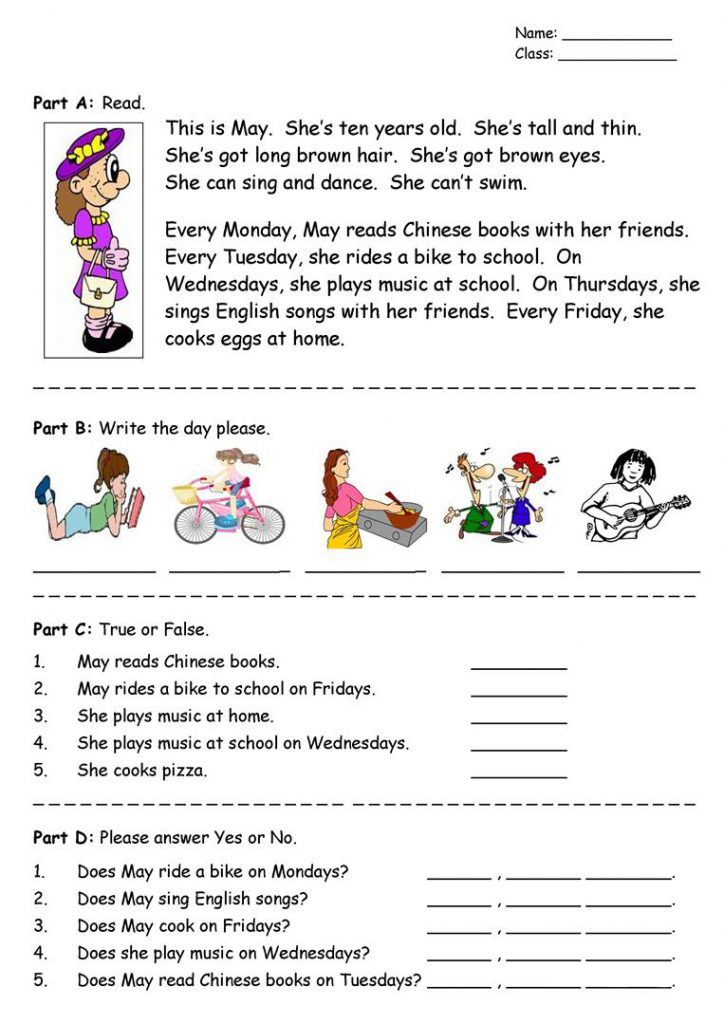 Games are especially good choices because they let children have fun as they work on their skills.
Games are especially good choices because they let children have fun as they work on their skills.
Your reaction has a great influence on how hard they will try to become good readers. Be sure to give them genuine praise for their efforts.
11 Reading Strategies To Improve Your Child’s Reading Level
Children learn to walk and talk naturally, but that’s not the case with reading. Reading strategies are designed to help your child develop a strong reading foundation — one built with confidence, engagement, and joy!
As a parent, you are most likely always looking for techniques that make your child want to learn. We’re here to help you and your child on their journey as a budding reader.
Try the 11 reading-strategy suggestions below for kids who are beginning to read all the way to those reading advanced chapter books! We’ve made it easy for you to see what skill each strategy focuses on so you can help your child in a way that’s right for their reading level.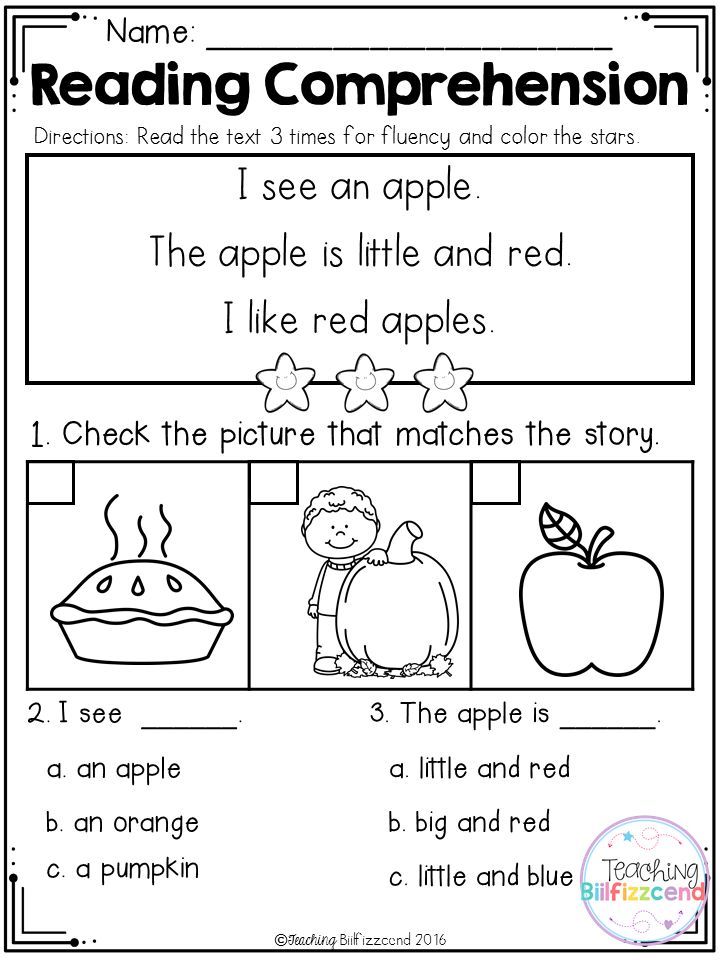
But before we get to these ideas, let’s discuss what reading strategies are and how to effectively teach them to your young reader.
What Are Reading Strategies?
Reading strategies are activities that help your child understand what they’re reading, build vocabulary, and improve their reading skills.
Think of each reading strategy as a tool your child can pull out to help them read. For example, if they get stuck on a word, they can think of all the decoding strategies they’ve learned and pick one to try.
If that one doesn’t work and they’re still stuck, they can try another one. By experimenting with different strategies, your child learns to figure out the words in front of them and continues developing their reading skills.
Since each reading strategy won’t work in every situation, your child must have a variety of methods in their reading toolbox. As they gain experience, they’ll better know which one to use when.
Additionally, knowing the words in a book is not the only reading skill.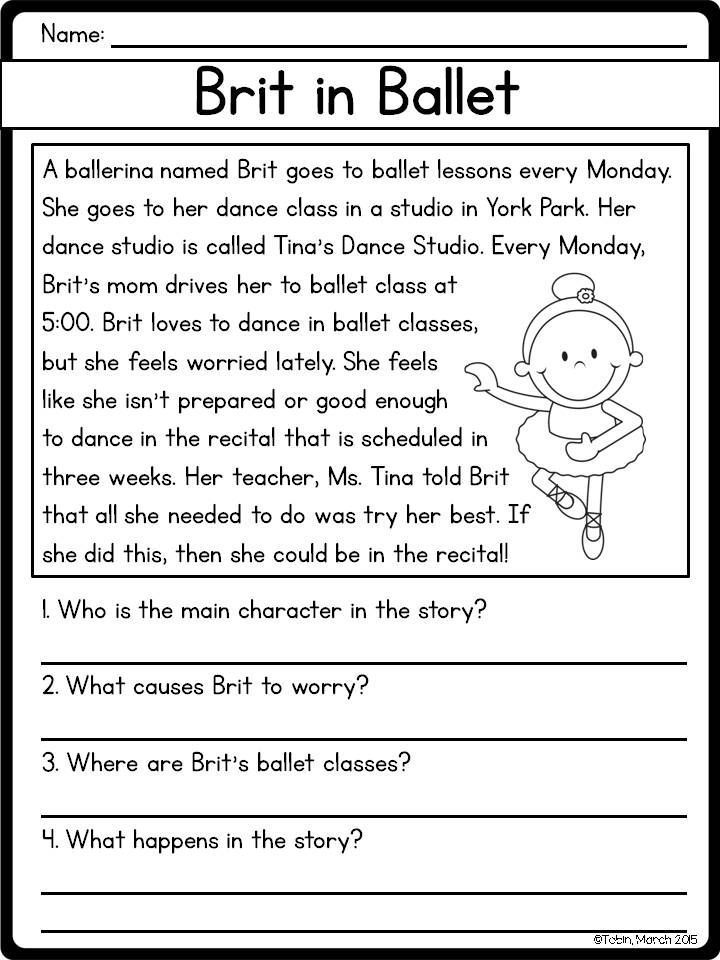 Children need to develop comprehension skills as well as the ability to get “lost” in a book. Reading strategies that promote this engagement are very valuable.
Children need to develop comprehension skills as well as the ability to get “lost” in a book. Reading strategies that promote this engagement are very valuable.
Why Reading Strategies Are Important
When your child uses reading strategies, they are actively engaged in the reading process. This helps them understand the text better and makes reading more enjoyable.
Additionally, as we mentioned above, reading strategies help your child build their vocabulary, which is essential for reading comprehension. If they don’t understand what the words are, they can’t make sense of what they’re reading.
How To Help Your Child Become A Better Reader
Now that we’ve talked about the benefits of reading strategies, let’s take a look at how to teach them to your child.
First things first, teaching reading strategies at home doesn’t need to be complicated. You can use everyday activities to help your child practice their reading skills.
One of the best ways to teach reading strategies is to model them.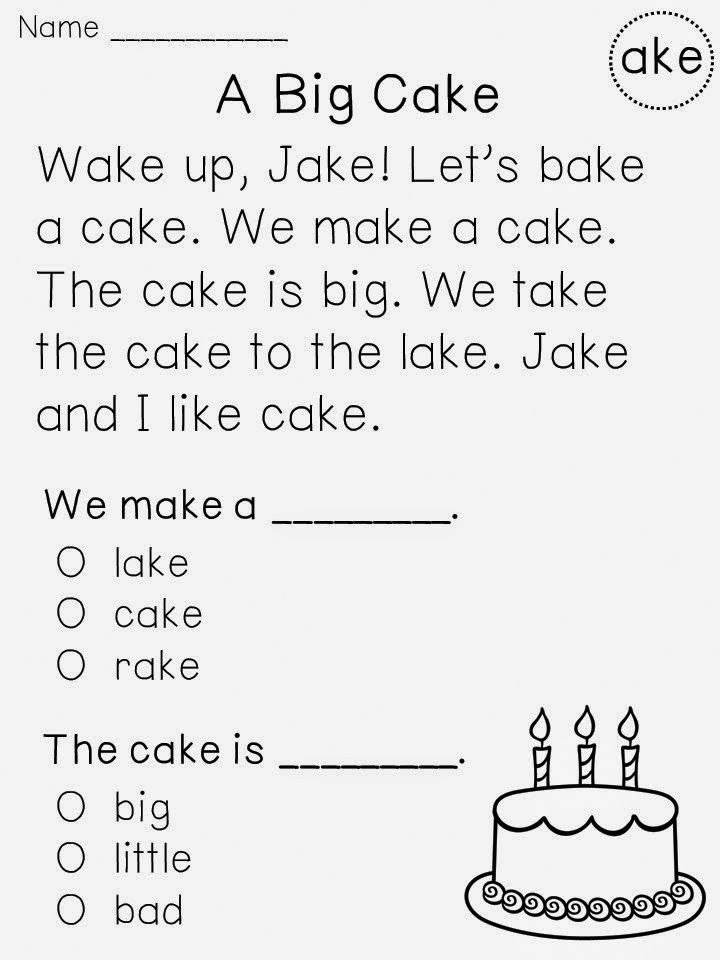 This means showing your child how to use the strategy while sharing a story. For instance, if you’re showing how illustrations in a book can help you understand the text, point to the pictures as you read.
This means showing your child how to use the strategy while sharing a story. For instance, if you’re showing how illustrations in a book can help you understand the text, point to the pictures as you read.
Say, “Pictures can give us more information about the story and what’s happening. I’ll look closely at this illustration to see if it helps me figure out what’s going on.” Then, ask your child to do the same and discuss the image together.
Think aloud as you read, telling your child what you’re doing and why it’s helpful. This gives your child insight into your thinking process and helps them learn to use the strategy independently.
You might say, “I don’t know this word, so I’ll try to break it into syllables and then put them together to help me remember what each part says.”
In addition to modeling, remind your child of other strategies they can use. For example, if you see that they’re struggling to sound out a longer word, encourage them to look for smaller words inside of it.
Helping your child strategize enables them to become more confident in their reading.
11 Fun And Helpful Reading Strategies
Use these reading strategies to help your child practice important literacy skills and become a more confident reader.
1) Reread Familiar Texts
You may feel pressured to always offer your child new and different stories. While that is great, it can also be just as helpful for your child to read the same book more than once.
Rereading helps your child in two major ways. It gives them confidence by letting them choose what to read, and it improves their fluency since they are more familiar with the words in the book, which means they can really indulge in and enjoy the story!
As the text becomes easier for your little one to read, they will feel a sense of accomplishment because they are reading with the ease of a fluent reader — this is a huge step for your child!
2) Ask Questions About The Story
Reading isn’t a passive activity.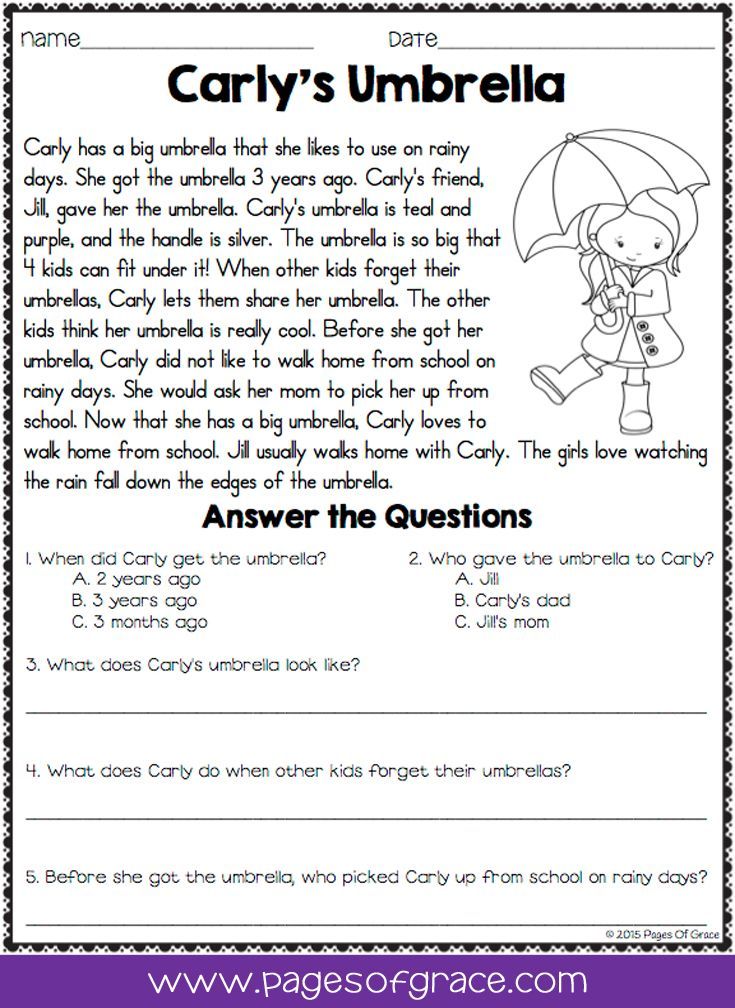 Instead, your child’s brain should actively engage with the text. Teaching them to ask questions is a great way to help them connect with the words on the page.
Instead, your child’s brain should actively engage with the text. Teaching them to ask questions is a great way to help them connect with the words on the page.
Asking questions can also help your child keep tabs on their comprehension. They can use questions to make sure they understand what the text says.
As you’re reading to your child, stop to ask questions throughout the story. For example, if the main character just did something, you can ask, “Why did she do that?” Give your child a chance to think about it and respond.
If you’re reading a non-fiction book together, you might encounter a new word. Point to it and ask, “What does that word mean?” If your child doesn’t know, it’s the perfect opportunity to look it up together.
3) Read Aloud
Reading aloud with your child is a great way to encourage them to read. Your child adores you — you’re probably their biggest inspiration! So when you have fun reading, they’ll want to join in.
Bedtime stories are an easy way to incorporate daily reading into your busy family routine.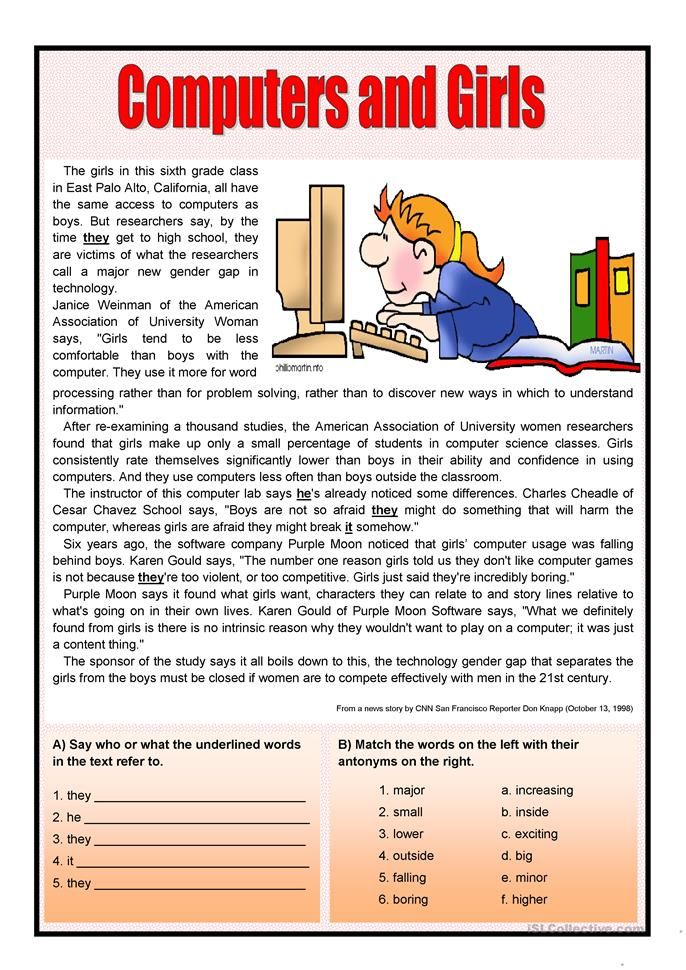 This time gives you and your child a chance to unwind and connect with one another.
This time gives you and your child a chance to unwind and connect with one another.
While you read together, encourage your child to read as much of the text as they can. And before turning the page, ask them what they think will happen next. This helps them connect more deeply with the story by developing empathy for the characters or appreciating the humor.
Sometimes, though, your child might be shy about reading in front of you or answering questions. They know reading is important, and they want to succeed for you. The pressure that comes with that might make reading more difficult.
That’s OK! Give them plenty of praise and encouragement, and let them know they can take it as slow as they need to.
In the meantime, encourage them to host a special storytime with a stuffed animal or a favorite toy, any item that is guaranteed to make them smile and bring them comfort.
It may take some adjusting, but this strategy will get them confident and calm about reading.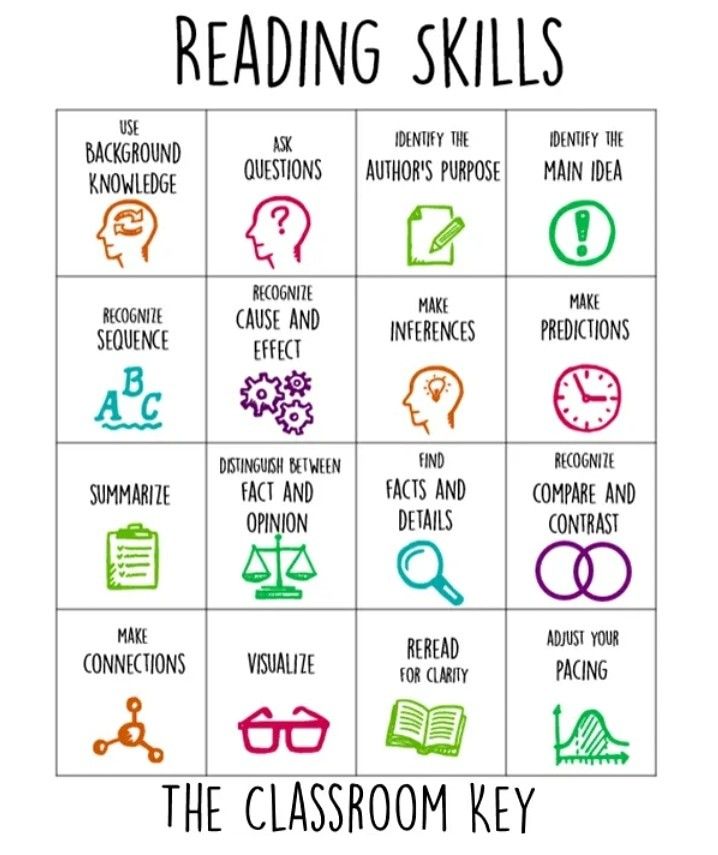
4) Act It Out
You can make books literally come alive by acting them out. This is a dynamic and exciting way to encourage your child to love reading!
There’s no need to use elaborate props, a stage, or costumes (although, if time allows, your child might love to make a family theatre production!). Simply grab a couple of stuffed animals or toys that can play the part of the characters in the story you’re reading together.
This simple addition can increase the entertainment value for your child and give them a chance to express themselves through the story.
Encourage them to do funny voices and mimic the characters’ actions in the story. Plus, if you incorporate play into your reading, they’ll start to see the connection between the words on the page and the exciting adventure you are having with your imagination.
This is a great way for your child to bring the story to life!
5) Use A Reading Finger
Young readers’ eyes find it hard to follow a line of text from right to left. They may skip around or jump lines. It can also be hard for kids to stay focused on what they’re reading.
They may skip around or jump lines. It can also be hard for kids to stay focused on what they’re reading.
Using a finger to track words you are reading can be very helpful. Have them use their pointer finger to point to each word as they read it. Remind them to move their finger to the next word as they go.
It can also be helpful to have an index card or a folded sheet of paper that moves from line to line. Both of these methods can help your child keep their place while reading.
If your child doesn’t want to point to words as they read, you may find it beneficial to do the pointing yourself for a while until they feel more comfortable.
6) Take A Running Start
If your child gets stuck on a word while reading, ask them to take a running start. This means going back to the beginning of the sentence and trying to read the unknown word in context.
Sometimes, this is enough to help them decode the word and keep going. But, other times, the word will continue to trip them up.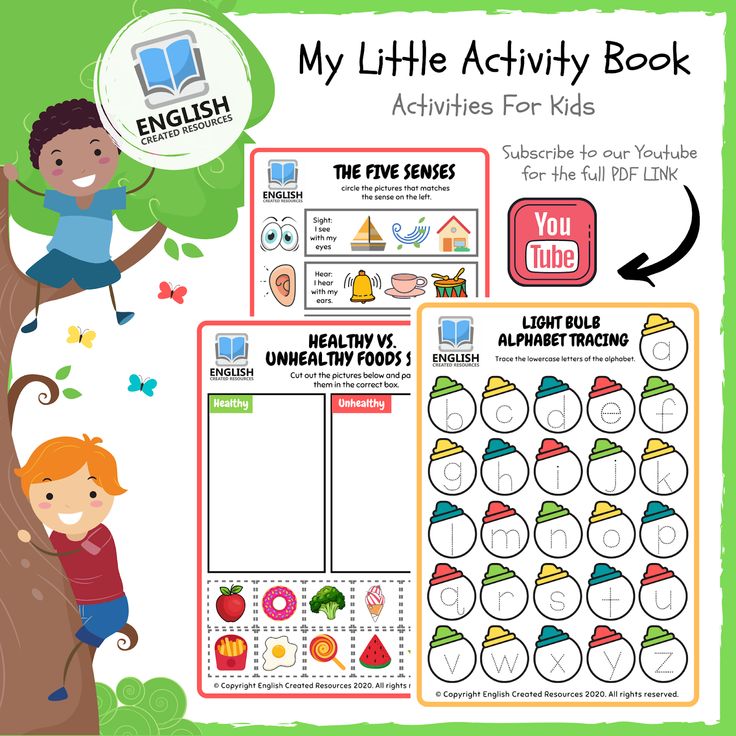 If this is the case, introduce a different strategy, such as covering up the suffix or prefix of a word and focusing on the root word first.
If this is the case, introduce a different strategy, such as covering up the suffix or prefix of a word and focusing on the root word first.
Running starts also improve reading comprehension overall as your child reviews the text.
7) Read Things That Are Not Books
If your child seems uninterested in reading books, divert their attention to other things. Magazines, movie titles, joke books, anything you come across!
For example, try asking your child to be your little helper. Anytime you need to look something up or read something, see if they can give it a go first (with your help if they need it, of course!).
This can be searching up movie times online or having them read a recipe to you out loud while you cook. They could read road signs, check the weather, or find restaurant or store hours. They can read emails from family and friends that live in other parts of the world.
For younger kids, try asking them to sound out simple words you come across throughout the day, such as the word “stop” on a stop sign.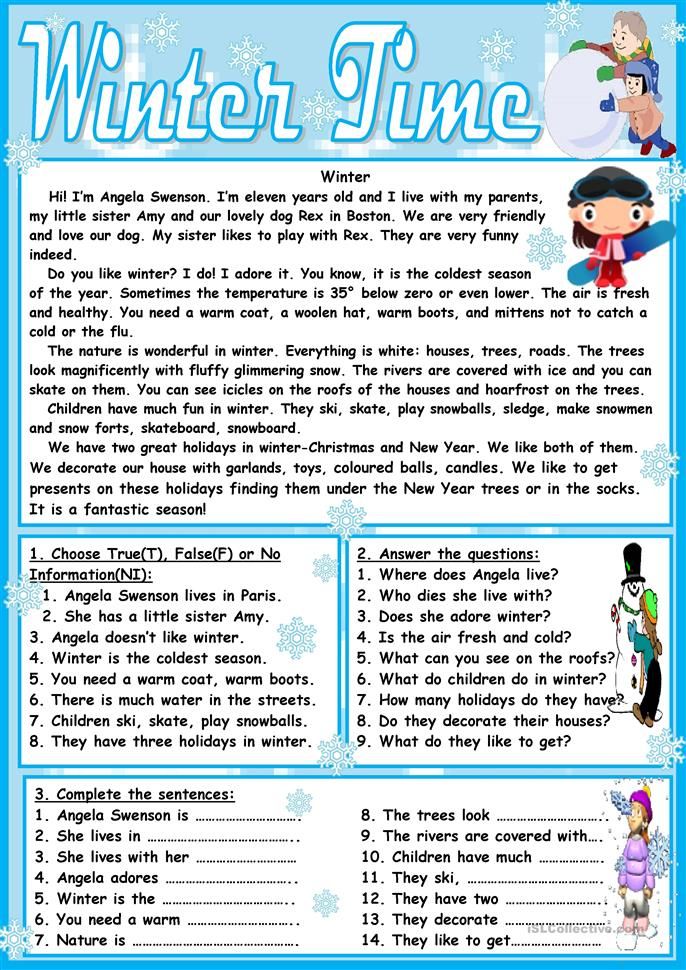
Having your child help in this way is all about the little, daily things that fit into your life. And the effect of these small tasks will give your child a huge confidence boost!
8) Let Your Child Tell Their Own Story
Acting as your child’s reading partner doesn’t have to start and stop with traditional bedtime stories. Letting them tell their own story is a great way to stimulate their imagination and can help with reading, too!
Every now and then, consider swapping after-dinner storytime for storytelling night. Your child can tell you a story while you write it down. Try letting your little one come up with a different scene each day (or, if time allows, all at once).
If they’re old enough, they can also work on the story on their own, drawing pictures to go along with the text or designing a book cover. Once the story is finished, you can read it together!
This is a great way to encourage accomplishment in your child, too. They will have made something of their own creation and can see the imaginative, fun, and personal finished product.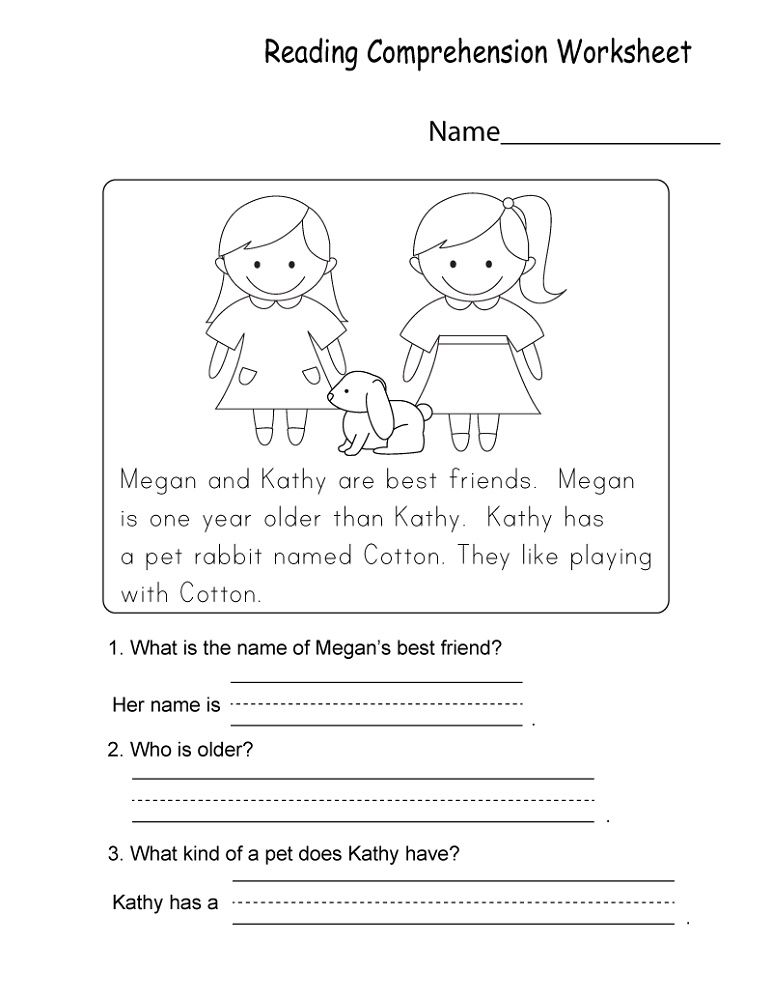
Plus, learning how to tell a story will help immensely with your child’s reading comprehension. They will begin to inherently understand the ebbs and flows of a story as they create their own.
A cute bonus: You’ll have a keepsake to treasure for years to come!
9) Make A Prediction
Predicting is another vital reading strategy that can help your child figure out what will happen next in the story and make sense of the text overall, which builds comprehension.
When they come to a natural stopping point in their reading, ask them to pause for a moment. Then, ask your child what they think will happen next.
After they’ve made their predictions, encourage them to keep reading to see if they were right. If they weren’t, that’s OK! Remind them that authors have different ideas, so stories can sometimes turn out differently than we think they should.
For a more fundamental-level reading strategy, try letting your child predict the next word rather than what happens in the story next.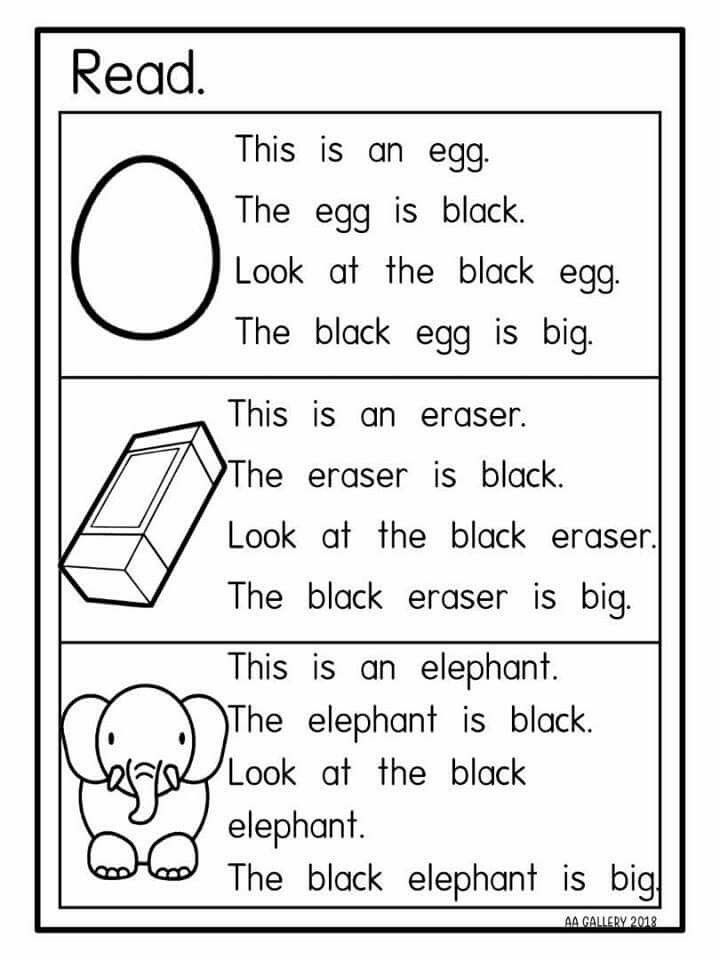
10) Retell The Story
After your child reads a book, ask them to retell the story to you. This reading strategy helps your child practice their comprehension skills.
As they tell you about the story, pay attention to the details they include. Does your child remember the main parts? Did they have a beginning, middle, and end in their retelling?
If not, practice the retelling strategy by using some fun activities. For example, ask your child to look back through the book and find pictures to help them tell the story.
You can also ask them to draw small pictures on different pieces of paper to represent the different phases — beginning, middle, and end.
Then, put these pictures into a stack and shuffle them up. Spread them out and ask your child to put them in order. Once they’re correctly in place, have them retell the story using the pictures.
When retelling, some kids have trouble with adding too many details. If your child wants to share all the things about the book they read, help them focus on the main events.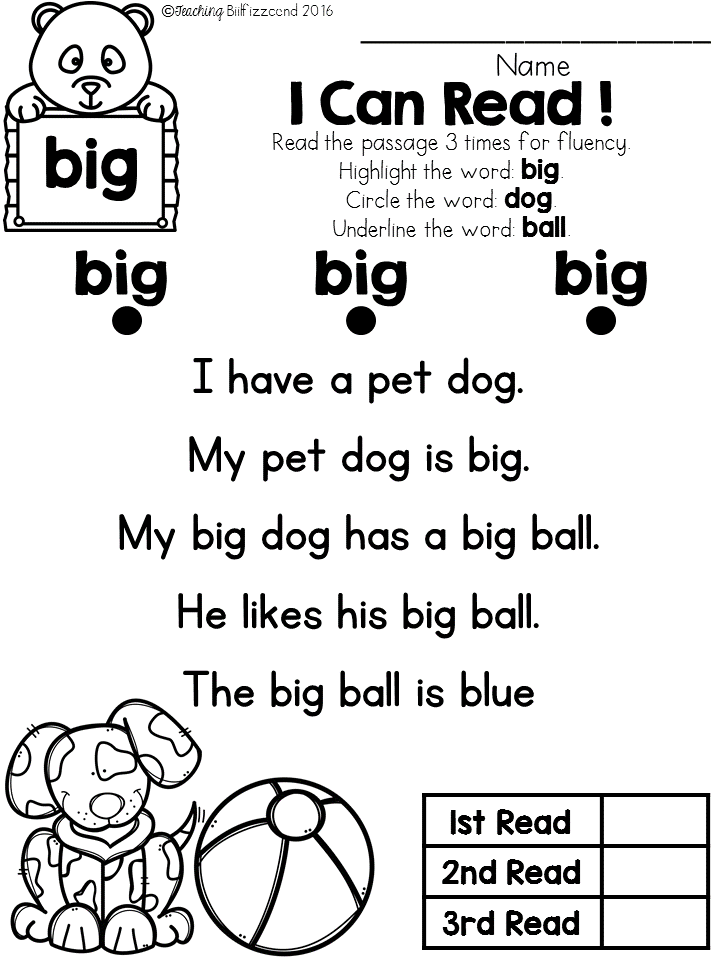
Modeling is a good way to reinforce this concept. Spend 10 or 15 minutes quietly reading. Then, when the time is up, take turns retelling what you read. Your child will see how you focus on the key points and quickly sum up the story when you share.
11) Make Pictures In Your Mind
As your child reads aloud, encourage them to visualize the story. This means using the words as clues and picturing the story in their mind.
At first, you might have to help them with this reading strategy. After reading a paragraph or two of a descriptive piece of text, stop and ask your child to describe the scene. If they aren’t sure, model the process for them.
Show them how to go back in the text and look for adjectives and other descriptive words. Then, discuss what type of mental image you have.
Take time to draw what you’re seeing in your mind and have your child do the same. Putting the mental image onto paper can help some kids better process what is going on in their brains.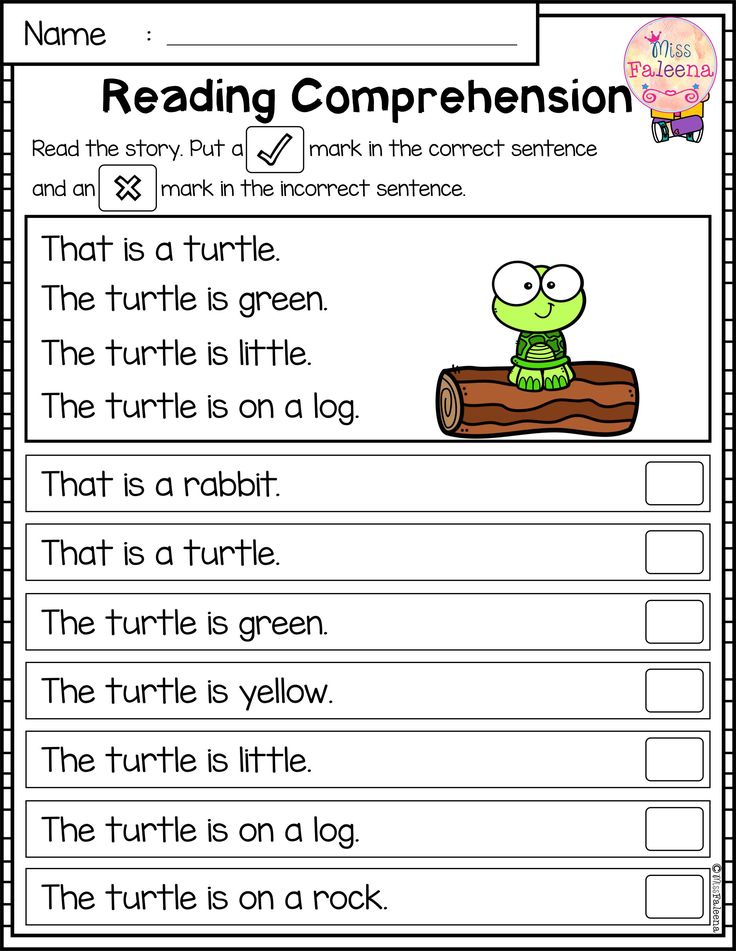
Compare pictures, but first, remind your child that it’s OK to have different images because we look at things in our own unique way.
This strategy is beneficial when your child outgrows picture books because it helps them understand what they’re reading when they don’t see any illustrations to offer clues.
How Reading Strategies Build Different Skills
All of the different skills that go into reading can be a lot for kids (and parents!) to take in. Although learning to read may feel like a distant memory to us, kids are in the thick of grasping everything reading requires.
But what does reading require? And how do the strategies we mentioned help? Here are a few examples of the skills some of these strategies promote.
Rereading Helps With Decoding
We hinted at it above, but it’s important to get a clear understanding of decoding.
Decoding is the process of sounding out words. Children (and adults!) use this skill to break down words to specific sounds and then blend the sounds together to form the word correctly.
Decoding goes beyond understanding what sound each letter makes. Specifically, decoding involves becoming familiar with the relationship between letters and sounds (and their patterns).
The rereading strategy is helpful here because the more times your child sees a word the easier it will become for them to decode it and words like it. Removing the effort leaves a child free to really get lost in a story.
The HOMER Learn & Grow app is another tool your child can use to practice essential decoding skills.
Reading Things That Are Not Books Builds Fluency
Once your child can instantly recognize words on the page (even ones they don’t know), then they are considered fluent!
It’s important to note that there are different levels of reading fluency. For example, your child may be able to fluently read a first-grade book but not a ninth-grade book. The good news is that fluency grows the more your child reads!
Building fluency is a big end goal for children.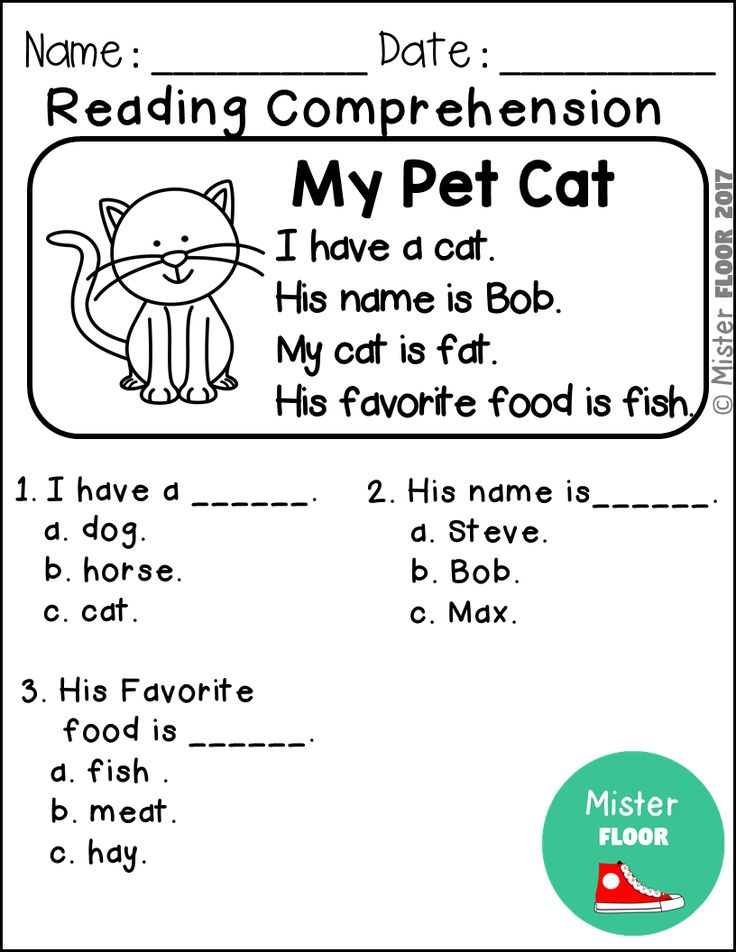 We want your child to achieve this goal so they will know that reading can be fun and rewarding. The stronger reader they become, the more likely they are to love reading!
We want your child to achieve this goal so they will know that reading can be fun and rewarding. The stronger reader they become, the more likely they are to love reading!
Remember that Rome wasn’t built in a day, and neither is a fluent reader. It may take your child some time and practice to build their confidence and fluency!
In terms of reading strategies, reading things that are not books is one that can help build fluency. So can taking a running start. After all, the more your child reads, the more fluent they will become.
Reading Aloud Helps With Vocabulary
Words, words, words! The more words your child is exposed to, the more they will learn. And children who have a good vocabulary are at an advantage when it comes to reading.
A growing vocabulary develops from conversation and from hearing books read aloud. Additionally, children who read a lot learn more new words than those who read less because they get introduced to vocabulary in context.
All of the reading strategies we mentioned can be helpful with expanding vocabulary, but we especially recommend reading aloud and varying the kinds of books you read with your child. This will increase their exposure to all kinds of words!
This will increase their exposure to all kinds of words!
Letting Your Child Tell Their Own Story Encourages Executive Function
This may sound technical, but executive function is really just an umbrella term that deals with your child’s working memory, attentiveness, and their ability to think about different things one after another.
These things influence your child’s attitude and how they learn. That’s part of why we always encourage reading strategies and materials that create a fun, relaxed learning environment for your little one.
A good strategy for working on this skill would be letting your child tell their own story! You can also encourage them to use the Learn & Grow app from HOMER. They’ll practice important executive function skills as they play.
Make Reading Strategies Work For Your Family
Incorporating reading strategies doesn’t need to be difficult, and you can start to feel confident about your child’s improvements when you see the purpose behind these strategies.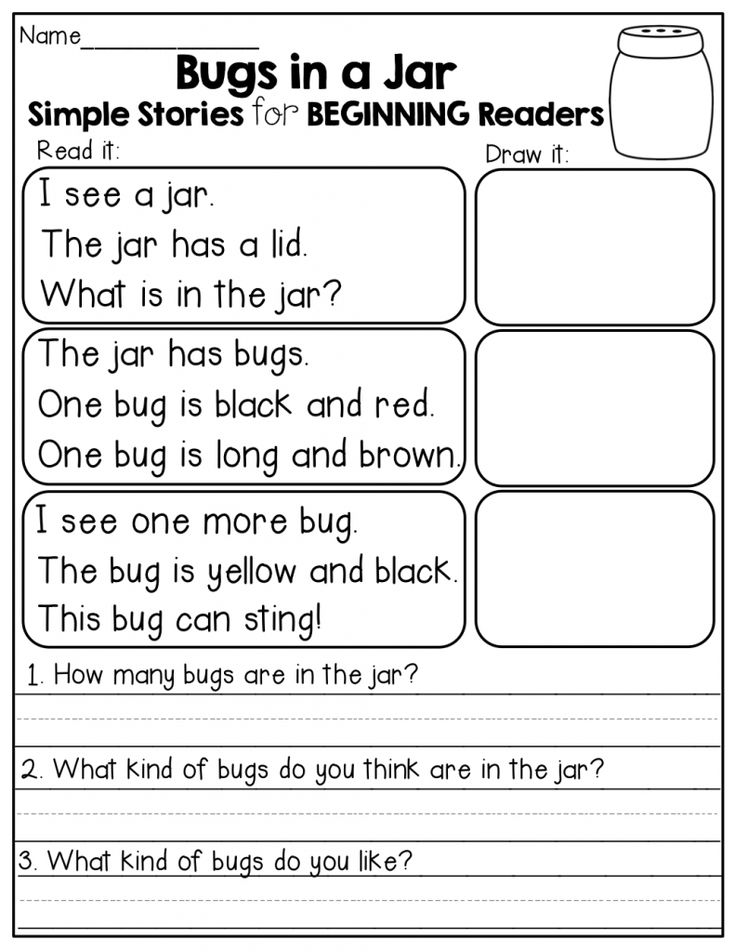
No matter what reading strategy you choose — rereading, asking questions, reading aloud, acting it out, reading things that aren’t books, letting your child tell their own story, or any of the others — you can achieve at-home learning that fits into your life in a fun and easy way.
And if you’re looking for more resources, our kid-powered, personalized Learn & Grow App is the perfect place for your child to get in some safe, fun, and quality reading practice. Just 15 minutes a day is proven to increase reading scores by 74%!
Author
Formation of reading skills in children: stages and exercises
Primary school is a special stage in the life of any child, which is associated with the formation of the basics of his ability to learn, the ability to organize his activities. It is a full-fledged reading skill that provides the student with the opportunity to independently acquire new knowledge, and in the future creates the necessary basis for self-education in subsequent education in high school and after school.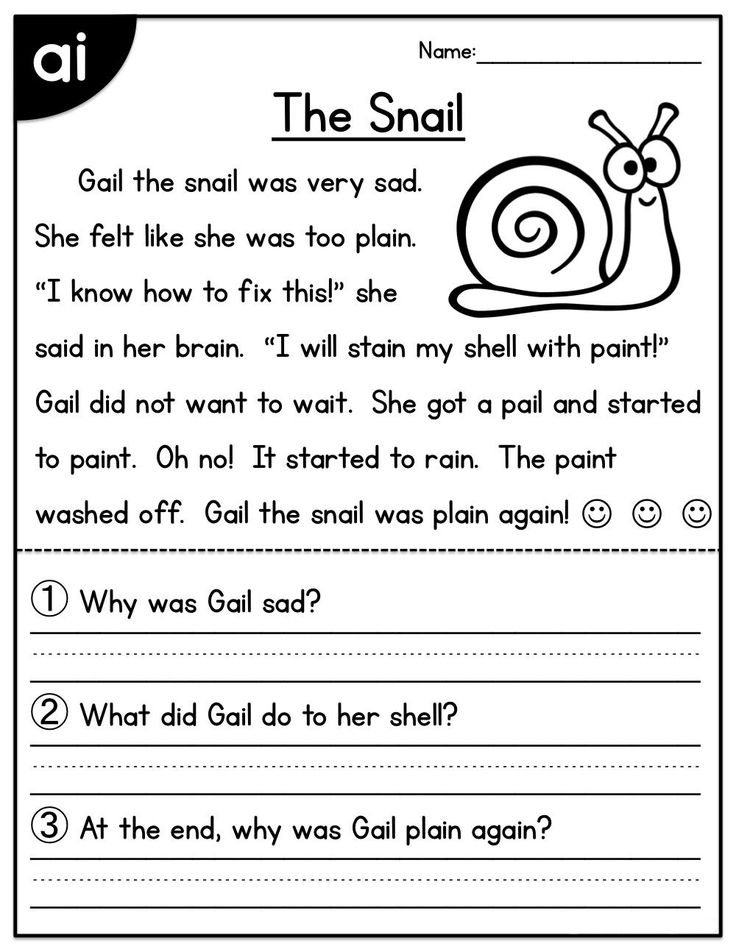
Interest in reading arises when a child is fluent in conscious reading, while he has developed educational and cognitive motives for reading. Reading activity is not something spontaneous that arises on its own. To master it, it is important to know the ways of reading, the methods of semantic text processing, as well as other skills.
Reading is a complex psychophysiological process in which visual, speech-auditory and speech-motor analyzers take part. A child who has not learned to read or does it poorly cannot comprehend the necessary knowledge and use it in practice. If the child can read, but at the same time he does not understand what he read, then this will also lead to great difficulties in further learning and, as a result, failure at school.
Reading begins with visual perception, discrimination and recognition of letters. This is the basis on the basis of which the letters are correlated with the corresponding sounds and the sound-producing image of the word is reproduced, i.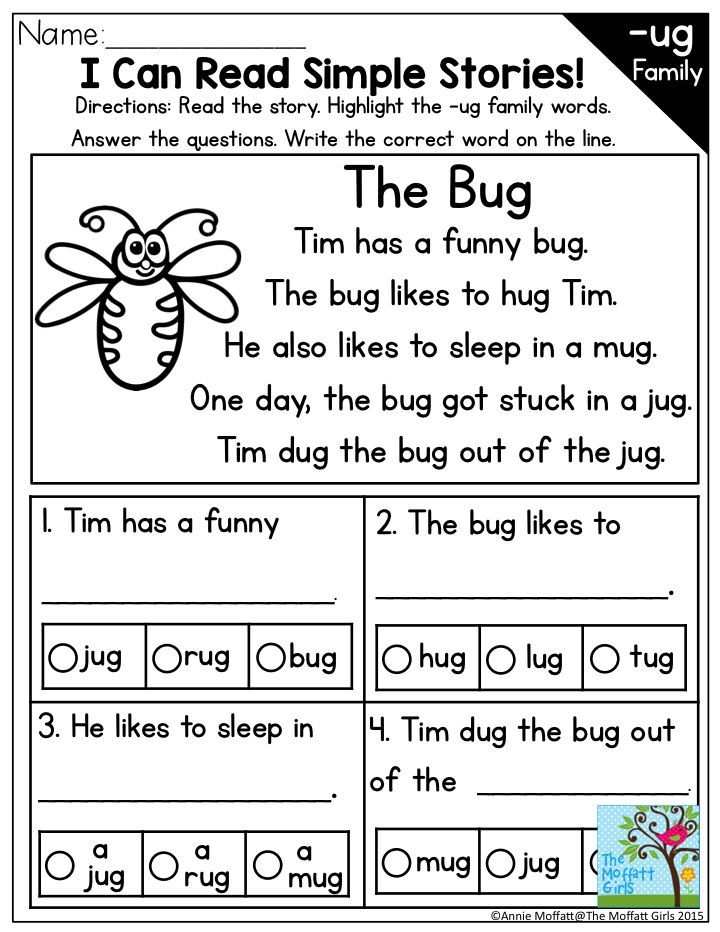 e. his reading. In addition, through the correlation of the sound form of the word with its meaning, the understanding of what is read is carried out.
e. his reading. In addition, through the correlation of the sound form of the word with its meaning, the understanding of what is read is carried out.
Stages of developing reading skills
T.G. Egorov identifies several stages in the formation of reading skills:
- Acquisition of sound-letter designations.
- Reading by syllable.
- The formation of synthetic reading techniques.
- Synthetic reading.
The mastery of sound-letter designations occurs throughout the entire pre-letter and literal periods. At this stage, children analyze the speech flow, sentence, divide it into syllables and sounds. The child correlates the selected sound from speech with a certain graphic image (letter).
Having mastered the letter, the child reads the syllables and words with it. When reading a syllable in the process of merging sounds, it is important to move from an isolated generalized sound to the sound that the sound acquires in the speech stream.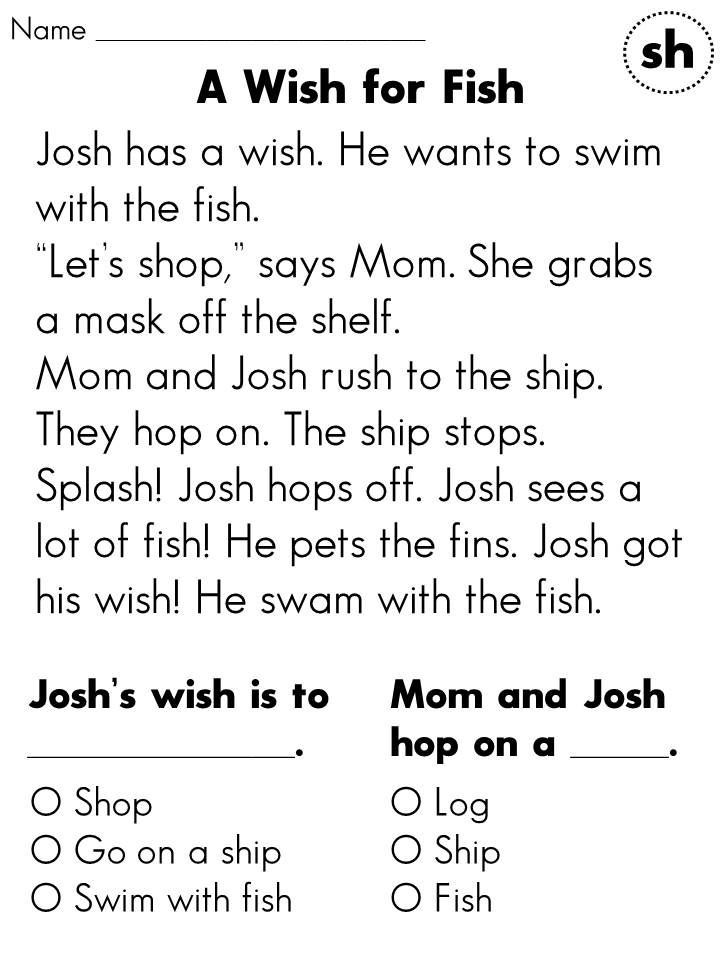 In other words, the syllable must be pronounced as it sounds in oral speech.
In other words, the syllable must be pronounced as it sounds in oral speech.
At the stage of syllable-by-syllable reading, the recognition of letters and the merging of sounds into syllables occurs without any problems. Accordingly, the unit of reading is the syllable. The difficulty of synthesizing at this stage may still remain, especially in the process of reading long and difficult words.
The stage of formation of synthetic reading techniques is characterized by the fact that simple and familiar words are read holistically, but complex and unfamiliar words are read syllable by syllable. At this stage, frequent replacements of words, endings, i.e. guessing reading takes place. Such errors lead to a discrepancy between the content of the text and the read.
The stage of synthetic reading is characterized by the fact that the technical side of reading is no longer difficult for the reader (he practically does not make mistakes). Reading comprehension comes first.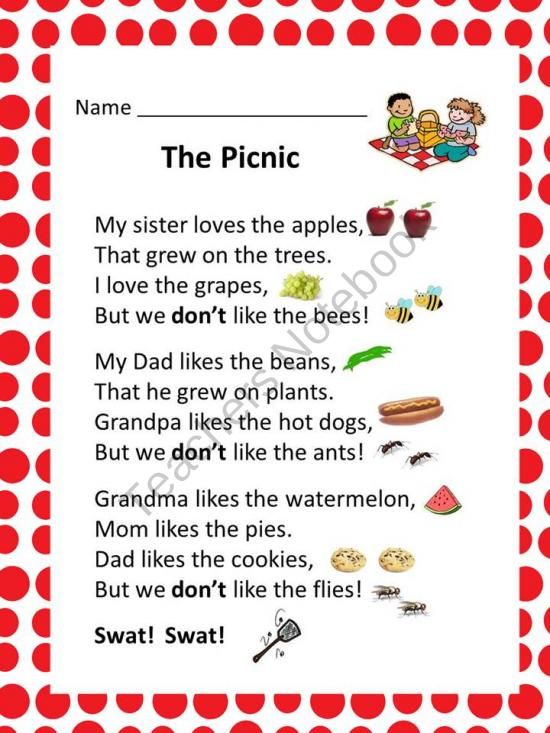 There is not only a synthesis of words in a sentence, but also a synthesis of phrases in a general context. But it is important to understand that understanding the meaning of what is read is possible only when the child knows the meaning of each word in the text, i.e. Reading comprehension directly depends on the development of the lexico-grammatical side of speech.
There is not only a synthesis of words in a sentence, but also a synthesis of phrases in a general context. But it is important to understand that understanding the meaning of what is read is possible only when the child knows the meaning of each word in the text, i.e. Reading comprehension directly depends on the development of the lexico-grammatical side of speech.
Features of the formation of reading skills
There are 4 main qualities of reading skill:
- Correct. By this is understood the process of reading, which occurs without errors that can distort the general meaning of the text.
- Fluency. This is reading speed, which is measured by the number of printed characters that are read in 1 minute.
- Consciousness. It implies understanding by the reader of what he reads, artistic means and images of the text.
- Expressiveness. It is the ability by means of oral speech to convey the main idea of the work and one's personal attitude to it.
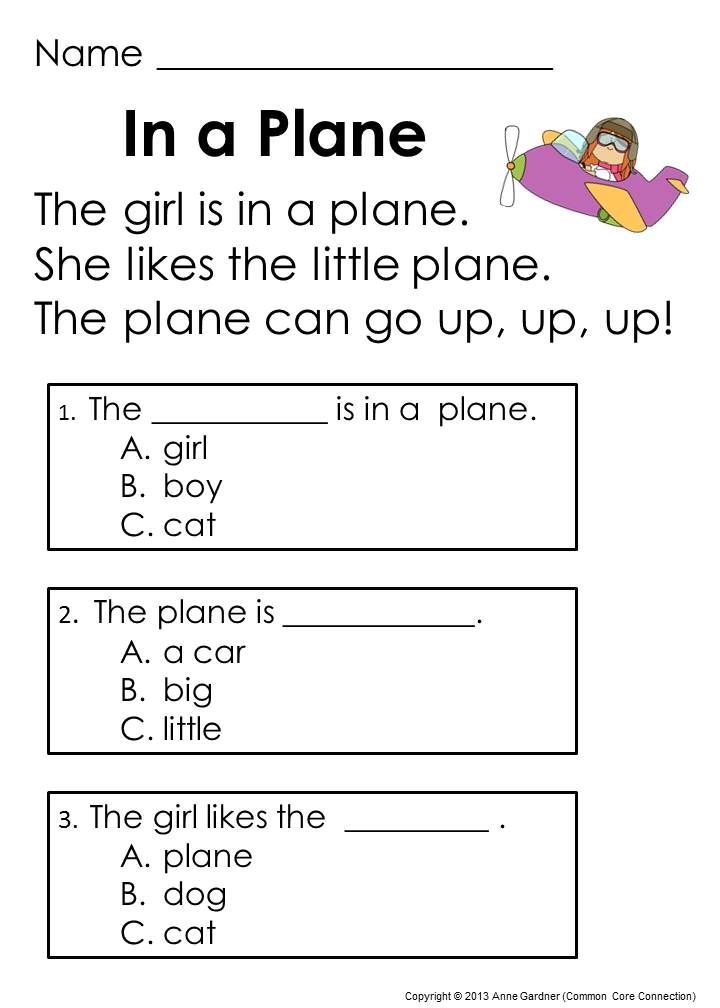
Accordingly, the main task of teaching reading skills is to develop these skills in schoolchildren.
All education in the primary grades is based on reading lessons. If the student has mastered the skill of reading, speaking and writing, then other subjects will be given to him much easier. Difficulties during training arise, as a rule, due to the fact that the student could not independently obtain information from books and textbooks.
Methods and exercises for developing reading skills
In educational practice, there are 2 fundamentally opposite methods of teaching reading - linguistic (the method of whole words) and phonological.
Linguistic method teaches the words that are most commonly used, as well as those that are read the same as they are written. This method is aimed at teaching children to recognize words as whole units, without breaking them into components. The child is simply shown and said the word.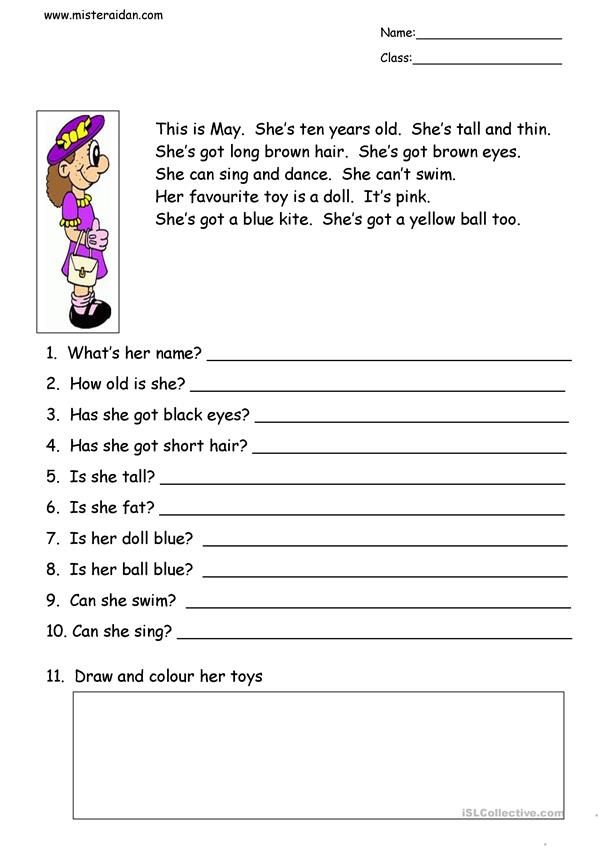 After about 100 words have been learned, the child is given a text in which these words are often found. In our country, this technique is known as the Glenn Doman method.
After about 100 words have been learned, the child is given a text in which these words are often found. In our country, this technique is known as the Glenn Doman method.
The phonetic approach is based on the alphabetical principle. Its basis is phonetics, i.e. learning to pronounce letters and sounds. As knowledge is accumulated, the child gradually moves to syllables, and then to whole words.
Reading begins with visual perception, discrimination and recognition of letters. This is the basis on the basis of which the letters are correlated with the corresponding sounds and the sound-producing image of the word is reproduced, i.e. his reading. In addition, through the correlation of the sound form of the word with its meaning, the understanding of what is read is carried out.
In addition, there are several other methods:
- Zaitsev method . It involves teaching children warehouses as units of language structure.
 A warehouse is a pair of a consonant and a vowel (either a consonant and a hard or soft sign, or one letter). Warehouses are written on different faces of the cube, which differ in size, color, etc.
A warehouse is a pair of a consonant and a vowel (either a consonant and a hard or soft sign, or one letter). Warehouses are written on different faces of the cube, which differ in size, color, etc. - Moore method. Learning begins with sounds and letters. The whole process is carried out in a specially equipped room, where there is a typewriter that makes sounds and names of punctuation marks and numbers when a certain key is pressed. Next, the child is shown a combination of letters that he must type on a typewriter.
- Montessori method. It involves teaching children the letters of the alphabet, as well as the ability to recognize, write and pronounce them. After they learn how to combine sounds into words, they are encouraged to combine words into sentences. The didactic material consists of letters that are cut out of rough paper and pasted onto cardboard plates. The child repeats the sound after the adult, after which he traces the outline of the letter with his finger.
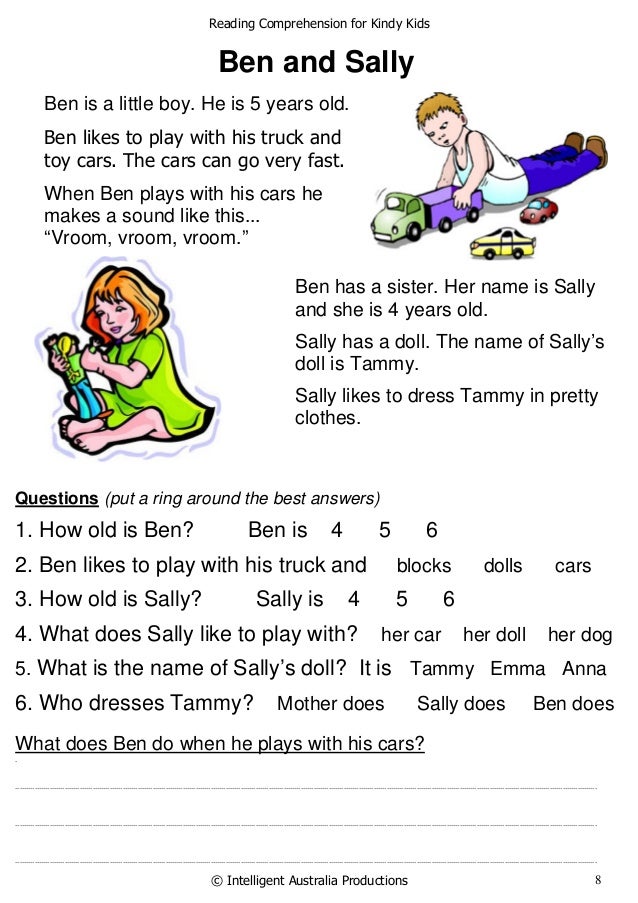
- Soboleva O.L. This method is based on the “bihemispheric” work of the brain. By learning letters, children learn them through recognizable images or characters, which makes it especially easy for children with speech disorders to learn and remember letters.
There is no universal methodology for developing reading skills. But in modern teaching methods, a general approach is recognized when learning begins with an understanding of sounds and letters, i.e. from phonetics.
There are certain exercises that help build reading skills. Here are a few of them:
- Reading lines backwards letter by letter. The exercise contributes to the development of letter-by-letter analysis. The meaning is simple - the words are read in reverse order, i.e. from right to left.
- Reading through the word. You do not need to read all the words in a sentence, but jumping over one.
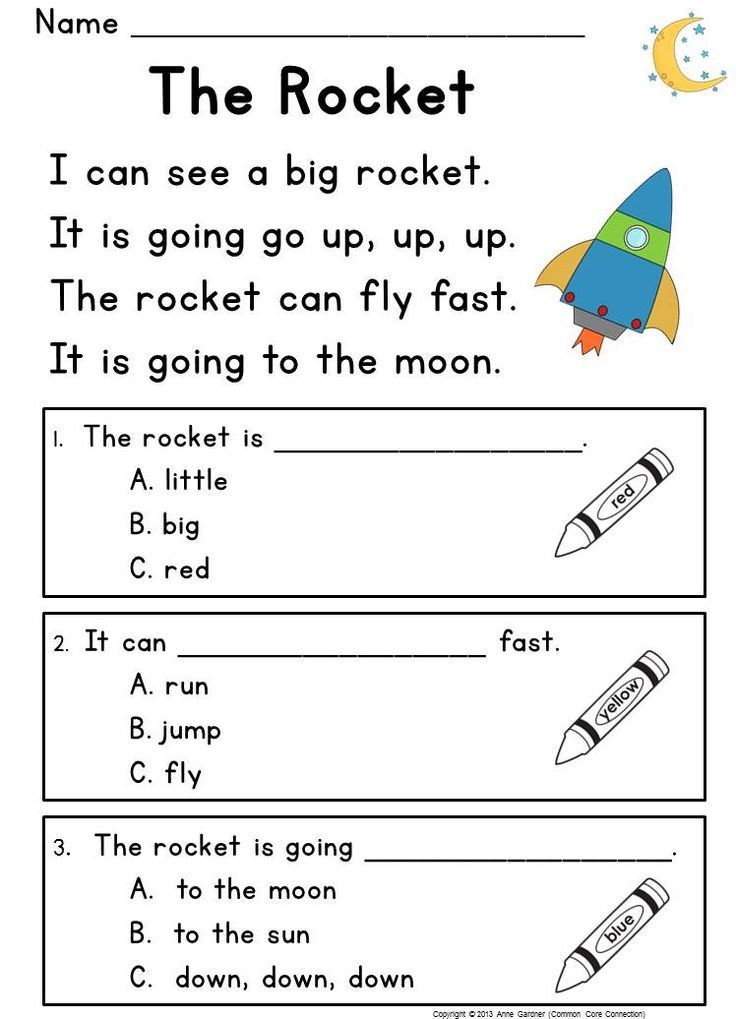
- Reading dotted words. Words are written on the cards, but some letters are missing (dotted lines are drawn instead).
- Read only the second half of the word. Read only the second part of the word, the first part is omitted. The exercise contributes to the understanding that the second part of the word is no less important than the first, thereby preventing the omission (or reading with distortion) of the endings of words in the future.
- Reading lines with the upper half covered. A sheet of paper is superimposed over the text so that the top of the stitching is covered.
- Fast and multiple repetition. The child should repeat a line of a poem or a sentence aloud as quickly as possible and several times in a row. Correct pronunciation is extremely important, so if necessary, you need to stop and correct the child.
- Find the words in the text. The child is faced with the task of finding words in the text as quickly as possible.
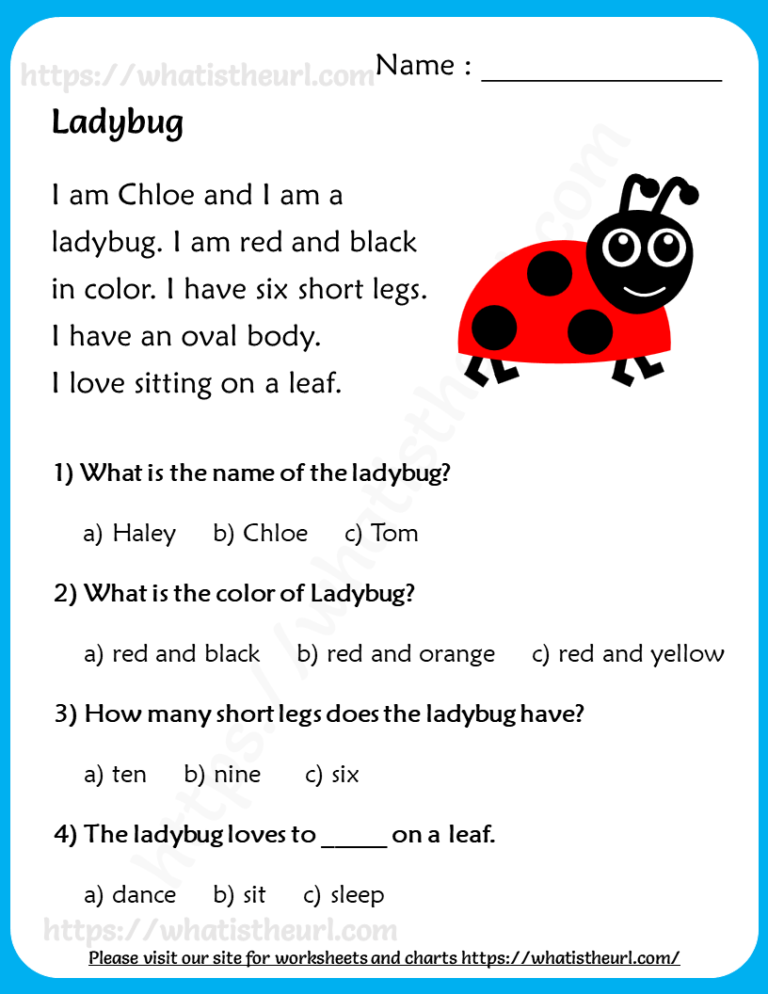 First, they are shown in pictures, then voiced by the teacher.
First, they are shown in pictures, then voiced by the teacher. - Buzzing reading. The text is read by all students aloud, but in an undertone.
A. Herzen wrote: “Without reading, there is no real education, no, and there can be neither taste, nor style, nor the many-sided breadth of understanding.”
Indeed, mastering a full-fledged reading skill is the most important condition for success in basic subjects at school. At the same time, this is one of the main ways of obtaining information, which is vital for the speech, mental and aesthetic development of children.
____________________________________________
We are waiting for you in our speech center! We are always glad to you and your kids.
Call us: 8 (962) 758-53-62, 8 (909) 391-08-08
5 Key Skills for Reading
Teachers and parents today are fortunate to have access to a wealth of evidence-based research on what works in teaching children to read.
Because of this, we know that teaching children to read, their ability to learn, and their ability to become proficient readers depends on the five key skills that we bring you today.
From birth
The literacy rate of children begins to take shape long before a child goes to school. Even the youngest children can begin to be prepared to successfully learn to read. Studies conducted have identified skills that are important for literacy development:
-
knowledge of the sound of letters
-
knowledge of letter names
-
speech sound control
-
remembering what was heard
Childhood
From kindergarten through grade 3, young readers actively develop all five key reading skills, from phonemic awareness to reading comprehension. Studies have shown that learning to read during this period requires a certain combination of methods and strategies.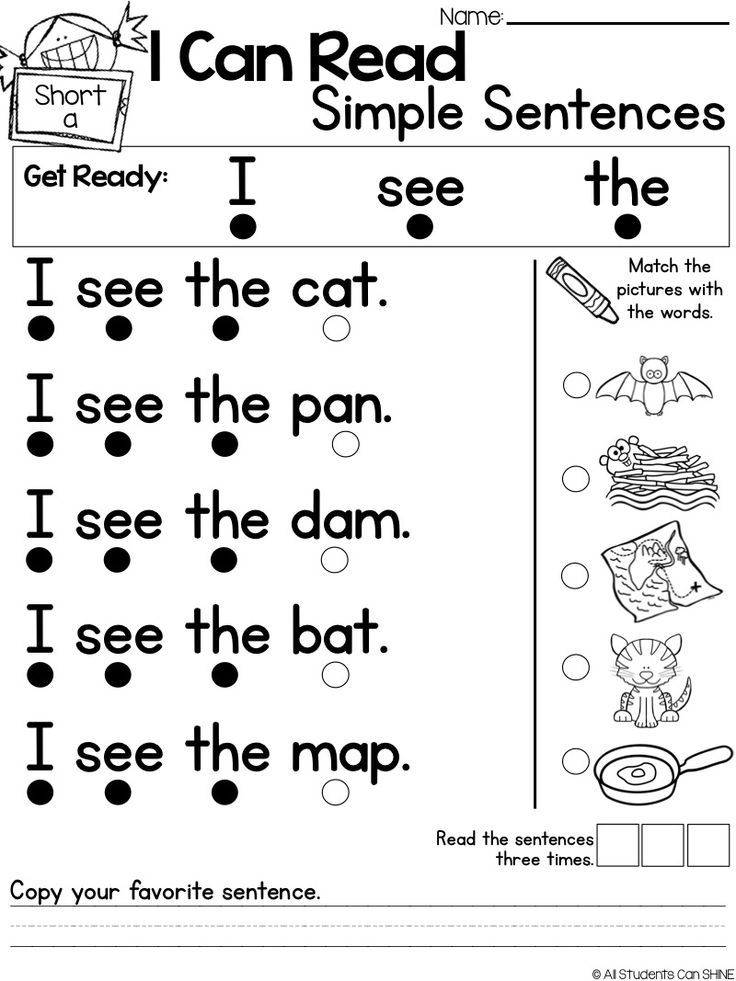 Teachers and parents must understand how children learn and must adapt teaching methods to the individual student's abilities.
Teachers and parents must understand how children learn and must adapt teaching methods to the individual student's abilities.
This is especially important when it comes to children who have difficulty learning to read.
1. Phonemic perception is the ability to perceive a word as a sequence of phonemes - the smallest units of sound that affect the meaning of words. Phonemes are speech sounds represented by the letters of the alphabet.
2. Phoneme decoding - the ability to identify new words by rebuilding groups of letters back into the sounds they represent, link them into a word and learn its meaning.
As challenging as reading is, thanks to advances in neuroscience and technology, we can now target key learning centers in the brain and identify areas and neural pathways that the brain uses to read. Not only do we understand why experienced readers read well and novice readers struggle with reading, but we can also help any reader on the journey from early language acquisition to reading and reading comprehension - it all happens in the brain.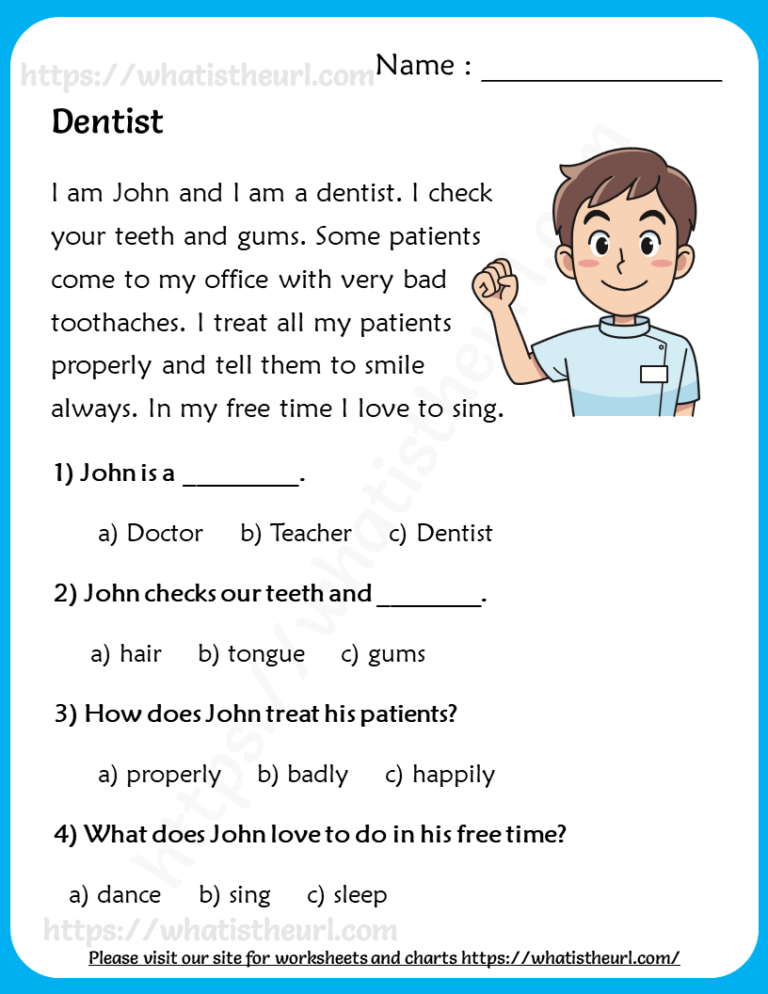
Adolescence
Although the child has already mastered the skills of phonemic perception and decoding, reading comprehension difficulties can often arise at this age. In middle and high school, literacy is formed not only in the language sphere, but also in the development of other disciplines. In order to prepare a student for high school, teachers and parents need to focus on developing the three skills necessary for reading: vocabulary, fluent reading, and reading comprehension.